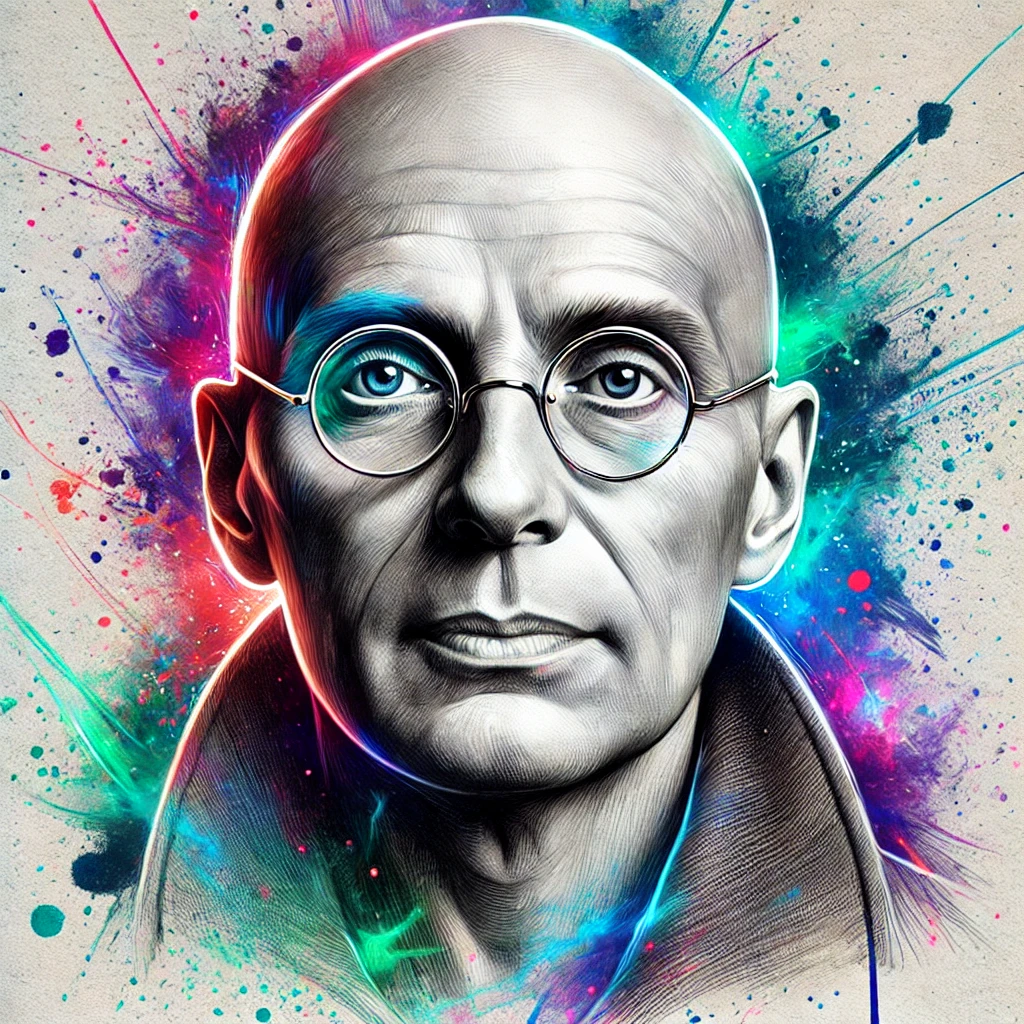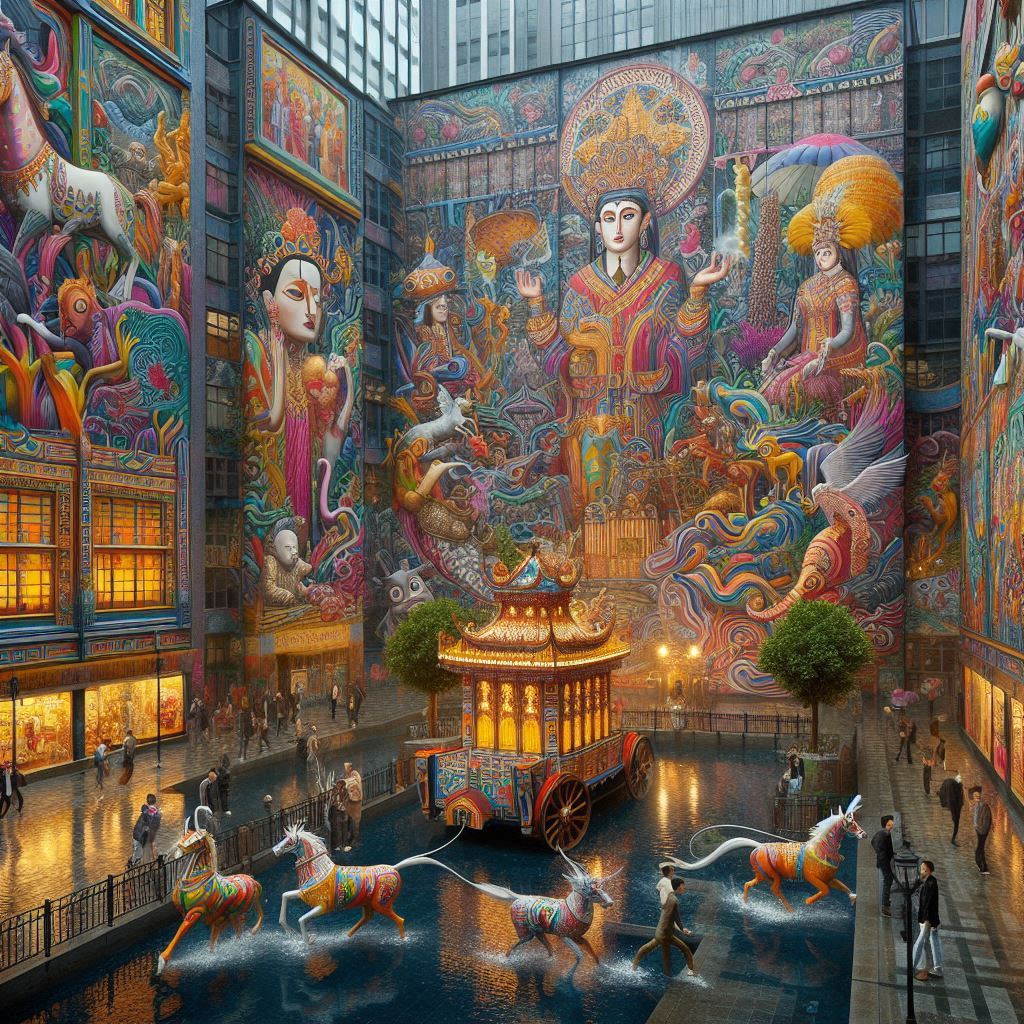Marx on class conflict has argued that at any one time, it is the class conflict or struggle that defines the essential character of a society. It is the product of, first, the irreconcilable differences in interest between classes and, second, the fact that a class’s common interests will encourage its members to group together for common action. However, at any given time, the degree to which members of a class recognize their interests will depend on their level of class consciousness.
Understanding Marx’s conception of class
Although we have been describing the Marxist concept of class as “economic,” Marx actually used a more specific and restrictive definition. A class is made up of people who are alike in their relationship to property: they have none, or they have the same type.29
Ultimately, the sort of work people do is not what matters. Thus, manual workers, clerks, technicians, and engineers belong to the same class because they own and are paid for their labor. They belong to a different class from capitalists and landlords, who own the instruments of production; from serfs, who only partly own their own labor because they are bound to a given lord and cannot go to work for someone else; and from slaves, who own no property at all.
If you look around a university campus, you will find the only “factor of production” most people there own is their labor. In Marxist terms they therefore belong to the same class: the proletariat. This will certainly be true of most of the students and also of a good number of the faculty, who work for a salary and who, although they probably own their homes, do not own any “means of production.” On the other hand, some faculty and some students probably own a fair number of shares of stock; some mature students may also be running businesses; and, especially if the campus is M.I.T., some of the faculty are likely to be founders and owners of high-technology industries, which are offshoots of their work. Because they own property of this type, all the people in the second group belong to another, different class of “capitalists.”
Marx identified four major types of class society, each with its “primary classes”-Asiatic, ancient, feudal, and bourgeois. The Asiatic mode is based on state-controlled irrigation and a system of royal despotism and ownership of all land; but Marx treats only the last three in detail as part of Western history. In each case, change involves the appearance of new classes. The barbarian military chieftains who overran the Roman empire replaced ancient society with a society of feudal overlords and serfs; in turn they were replaced by the capitalist bourgeoisie, the adversaries of the proletariat. The next stage, however, would be different, Marx prophesied, for the contradictions inherent in capitalism would usher in an ideal communist society, in which property and classes would be abolished and alienation would be replaced by self-realization. In dialectical terms, communist society would “emerge phoenix-like from the ashes of capitalist society.”
Class Conflict
The dominant ideas of any era may stand in the way of their recognizing their class identity, but so too may the circumstances of their lives. The French peasants of the nineteenth century, for example, did not “form a class” in the active sense, according to Marx, because “there is merely a local interconnection among these small-holding peasants, and the identity of their interests begets no community, no national bond, and no political organization among them.” It is the task of the Marxist to encourage people-specifically the members of the exploited proletariat-to recognize and act upon their interests and to encourage and accelerate change and revolution, as well as understand its roots. Thus, a prominent American Marxist sociologist has argued that “class interests in capitalist society are . . . potential objectives.” They are “hypotheses about the objectives of struggles which would occur if the actors in the struggle had a scientifically correct understanding of their situations.” What Marx provides here is a powerful theory of how groups form in society.
However, critics have queried the degree to which members of a class in Marx’s sense do always have common interests or tend to act in unison. For example, innovations are favored by those who introduce them, and feared by all those involved with established firms, whether as owners, employees, or union officials. Government policy often benefits one part of an industry at another’s expense, for example, by limiting imports of cheap foreign coal or oil and so increasing energy costs. In America, northern businessmen wishing to relocate to small southern towns are often opposed by local employers, who fear the impact of higher wages and benefits, and welcomed by prospective workers for the same reasons.
Marx argued that all forms of economic organization that had existed at the time he wrote inevitably generated conflict between social classes, which were defined by their common economic position. The Communist Manifesto opens with a now-famous declaration: “The history of all hitherto existing society is the history of class struggles.” This statement embodies three important but separate propositions. The first is that people whose economic position, or “class,” is the same also tend to act together as a group. The second is that economic classes are the most important groups to be found in society; their history is the history of human society. The third is that these classes are mutually antagonistic, and the outcome of their conflicts defines how society develops. Marx’s theory of class is thus not simply a theory of social structure; it is also a theory of change.


